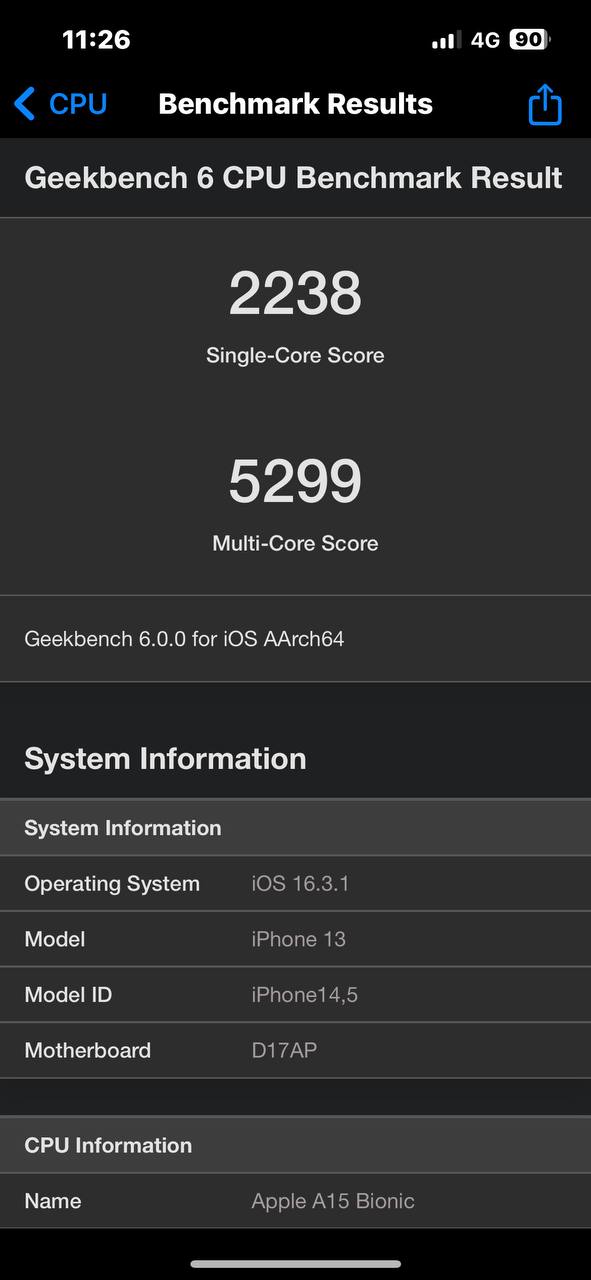Every year, new devices come out with alleged improvements in performance. We see CPU and GPU clock speeds moving up. Fabrication processes improve each year, and efficiency per watt keeps getting better.
With smartphones, we saw a slight hiatus with the Snapdragon 888 and 8 Gen 1 on the Android side, but the 8 Gen 2 brings enormous gains. Apple’s laptop chips in 2020 pushed Intel to come back with their 11th and 12th generation chipsets.
Add to that, AMD’s offerings are now solid and reliable, too. Looking past these advertisements and marketing graphs, how exactly do we judge yearly improvements in performance?
We’re not sitting through hours of gameplay and counting minute frame differences or rendering 8K footage daily. That’s where benchmarking applications come in.
They make it easy to view and analyze year-over-year improvements since they present data simply and comparably. The upgrades are sometimes really significant and sometimes just slight bumps to the efficiency.
What is Geekbench?
Benchmark tools are often not comparable cross-platform. However, Geekbench scores across devices running different operating systems and kernels.
That makes Geekbench unique. You can run it on macOS, Windows, Linux, Android, and iOS.
Geekbench is a popular cross-platform benchmarking tool that primarily tests the CPU. It attempts to recreate real-life workloads to issue the scores. The tool divides scores into single and multi-core scores.
There’s a lot of debate regarding the usefulness and reliability of Geekbench scores. With Geekbench 4, we saw Geekbench change the system to focus on sub-scores, which also use a new scale.
Moving Geekbench 4 to 5, we saw new algorithms and heavier workloads, with better machine learning and augmented reality tests.
We saw updates to the GPU compute tests and support for Vulkan. Multi-threading was introduced, too. Also, Geekbench 5 didn’t support 32-bit devices anymore.
Now, we have Geekbench 6, and the rest of this article will give you an idea about what Geekbench 6 is and how reliable it is when comparing two devices.
Geekbench 5 vs Geekbench 6 scores
On our iPhone 13 unit, the scores with Geekbench 5 were 1600 and 4500 on average for the single and multi-core tests, respectively. After the Geekbench 6 update, the scores jumped to over 2200 for single-core and around 5200 for multi-core.
That’s a massive improvement in scores. Another device, the M1 MacBook Air, had 1700 single-core and an average of 7000 multi-core scores earlier. Now, the device scores over 2000 on the single-core test and breaks 8100 on the multi-core test.
The latest Samsung Galaxy S23 Ultra scores over 2000 on the single-core test and nearly hits the 5500 mark in multi-core. For comparison, the phone’s scores were 1300-1500 on the single-core and 4700 on the multi-core test on Geekbench 5.
My S23 Ultra Geekbench 6 new record is waiting for you to surpass it. pic.twitter.com/NlLVOiulvB
— ICE UNIVERSE (@UniverseIce) February 15, 2023
The iPhone 14 Pro and 14 Pro Max used to score 1800-2000 (Single) and 5600-5700 (Multi) on Geekbench 5. Now, the phones score over 2500 on the single-core test and over 6600 on the multi-core test.
As you can see from the examples, all devices’ scores have significantly improved with Geekbench 6.
Geekbench 6 uses new file type alignments and higher-resolution images (12MP to 48MP) for the tests. It uses larger maps for navigation simulation.
HTML5 and PDF tests use more extensive and more complicated documents and files. The websites that undergo tests are more in line with modern web design and UI/ UX standards. These changes reflect real-life use better in 2023.
What’s new with Geekbench 6?
Geekbench 6 from Primate Labs offers some advancements. Augmented Reality and Machine Learning are a crucial focus of Geekbench 6. The version adds a lot of new tests, too.
When you’re on a video call, many phones now offer the option to blur your background. This creates a fake DSLR-like bokeh effect, resembling a portrait-mode photo or cinematic video.
The option is prevalent, and it’s done in real time using the processor. It highlights your face better and also blurs out unwanted surroundings. This process requires continuous edge detection and the bokeh effect, and Geekbench 6 tests the speed of this.
Geekbench 6 also tests the AI’s ability to remove unnecessary objects from photos. It also tests the speed at which your device can detect objects using Machine Learning. Text analysis and scripting languages are areas of focus, too.
With earlier tests, each core was given a separate task to determine the multi-core score. Geekbench 6 tests how the cores work together on a particular task.
Many desktop and laptop chips these days come with hybrid cores focusing on performance and efficiency. This new multi-core test can help us visualize how effectively that system is working.
Vulkan is a new, cross-platform API for graphics and is quite advanced. Geekbench 6 brings support for that too.
How reliable is Geekbench?
Geekbench helps compare the CPU performance of one device to another. It’s also good to analyze how much more powerful a device is compared to the previous year.
However, we shouldn’t take the results seriously and assume they interfere with real-life use. It doesn’t matter if a device scores a couple of extra multi-core points.
Geekbench 6 is also facing heavy criticism right now, with people calling it “Apple bench” for ludicrously boosting the scores of Apple’s Bionic chips.
We can’t tell whether foul play or benchmark manipulation is going on, but it’s undoubtedly surprising to see the Bionic chips shoot up so far from the competition.
While the reliability is up for debate, we can say that something changed for sure with Geekbench 6 since the app is much heavier to download.




